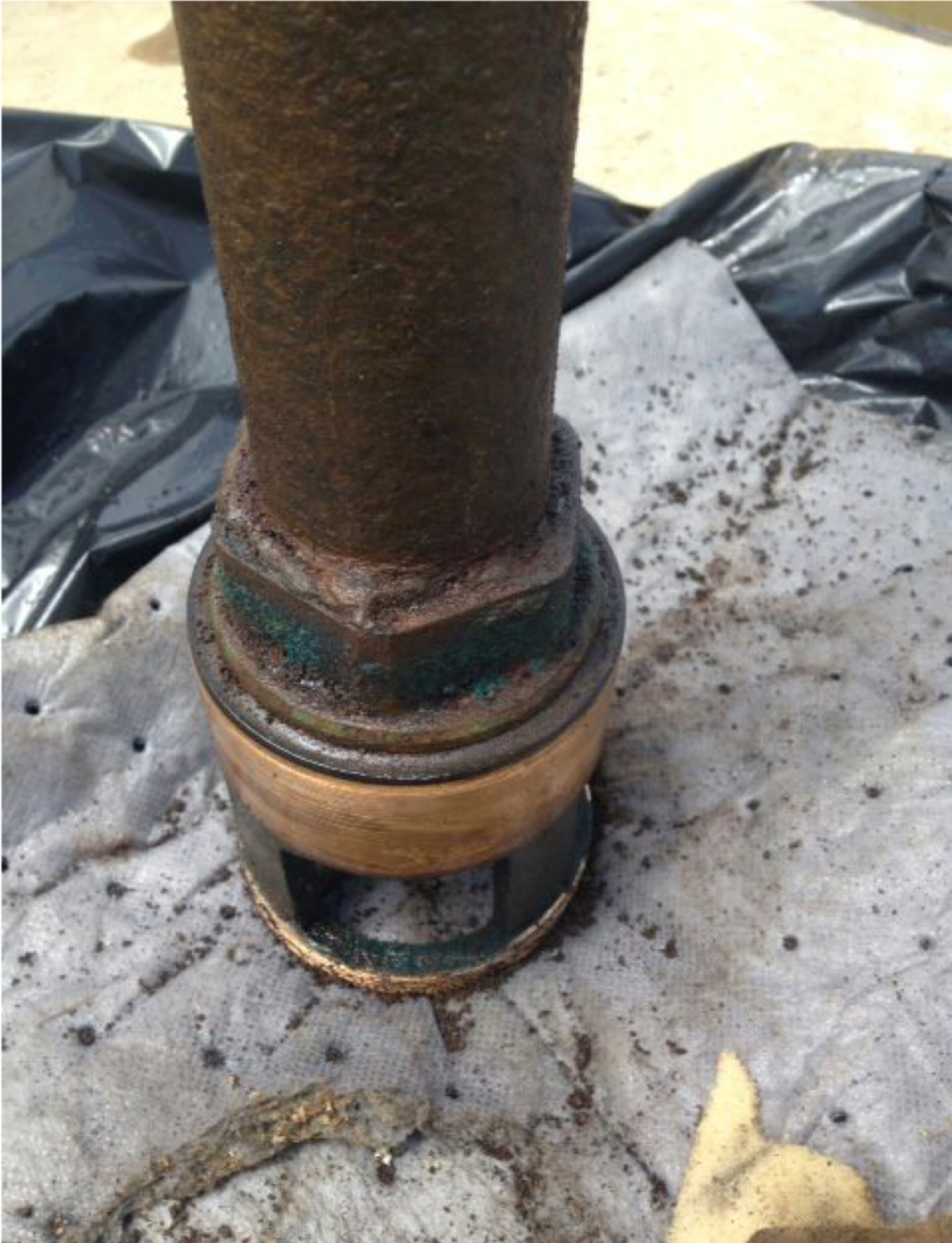Skip to content
BioCOre

BioCOre 6505™ IS THE SOLUTION TO PREVENT MICROBIAL GROWTH
Today’s diesel fuels are more unstable than ever before. In the United States, the change from Low Sulfur Diesel (LSD) to Ultra Low Sulfur Diesel (ULSD) and its associated handling since 2006 have led to increased fuel field problems. The increased use of biodiesel blends has also contributed to higher incidences of corrosion in fuel systems, due in part to biodiesel’s greater affinity for water, a higher susceptibility to microbial activity, and an increased solvency effect on pre-existing deposits.
Diesel fuel used to have a long shelf life – Under ideal conditions today, diesel fuel can be stored between six and twelve months. #2 diesel with a small amount of bio mixed in degrades in storage by 26% in the first month. And if there’s water present, it degrades by 95%. This is according to studies conducted at The University of Idaho.
A big factor that’s common in today’s fuel is microbial growth. With modern diesel fuels not having the higher sulfur levels they used to have, there’s nothing left to prevent microbes from growing in the fuel. Microbes can make diesel fuel go bad pretty quickly by multiplying in the fuel, creating biomass formations, and producing acids that attack diesel fuel and break it down.
Micro-organisms, bacteria and enzyme activity, fungus, yeast and mold cause diesel fuel degradation and the formation of waste products. The contaminant build up resulting from this excessive microbial growth and bio-degradation can cause fuel filter plugging and equipment failure without regard to temperature.
Aviation and diesel fuel are particularly prone to microbial contamination as hydrocarbon chains in the range of C10C18 are readily utilized as carbon sources for microorganisms.
As more studies investigating the relationship between fuel deterioration, corrosion, biodiesels, and ULSD emerged, the primary cause was ultimately linked to microbial contamination. Early studies point to higher incidences of bacterial contaminants and increased colonization present in ULSD samples, as compared to other biodiesels. These studies determined, while biodiesels in general have a higher potential for corrosion, ULSD is particularly prone as the reduction of sulfur and other aromatics have removed biocidelike qualities that previously existed in fuel.
What to look for…
The presence of significant amounts of precipitated materials suggests the presence of microbes. The red brown precipitates reflect the presence of iron or iron hydroxides, or both.
 The suction tube column. This is the upper length of the pipe. Note the blue discoloration of brass (indicative of exposure to acid). This photograph was taken after removal of 1/8” to 1⁄4” thick precipitated material.
The suction tube column. This is the upper length of the pipe. Note the blue discoloration of brass (indicative of exposure to acid). This photograph was taken after removal of 1/8” to 1⁄4” thick precipitated material.
Examination of the top of the suction tube where it attaches to the sump at the surface revealed copious amounts of redbrown solids.
This is the highest point in the vapor space and has relatively little or no contact with fuel. The significance of this finding suggests the vapor space of the tank is acidic. The pH of tank water sample was <4, an ideal pH for proliferation of acid resistant species.

These findings are consistent with studies, including the Battelle Institute and API, which conclude acidic vapor space is a metabolic byproduct of microorganisms present in ULSD fuel storage systems.
Fill port photographs illustrate oxidation of brass components of the fill port.
The bluegreen discoloration indicates an acid reacting with zinc and copper. Copper and zinc are primary components of brass. The bluegreen precipitate is the result of an oxidation reduction reaction in the system
The Silverthorn Solution…
These new developments are just the beginning of what is quickly becoming one of the industry’s biggest challenges. As fuels continue to evolve we will only see more problems on the horizon. The simple fact is we can no longer treat today’s modern fuels with yesterday’s technology. BioCOre 6505™ is specifically formulated for the PREVENTION OF MICROBIAL GROWTH.
Unlike other approaches to this problem, BioCOre 6505™ does not kill the microbes in the fuel, instead we simply do not allow them to go into the “corrosive phase” by starving the microbe. Left untreated, a single microbe can double every 20 minutes, substantially contaminating the fuel very quickly. BioCOre 6505™ creates a hostile environment for the microbes forcing them into a dormant state where they cease to reproduce. By not killing the microbes, BioCOre™ treatment avoids the buildup of a biofilm (a.k.a sludge) which is a byproduct of traditional pesticide/biocide treatment. Another disadvantage of traditional treatment is that once enough sludge has built up from the killing of the microbes in the tank, still living microbes can then “hide” in the sludge where the pesticide/biocide treatment can not reach them, leaving the treatment ineffective. By taking our unique approach, BioCOre 6505™ addresses these two major fuel storage problems facing the industry today.
Silverthorn Industries LLC is founded on the concept of using modern chemistry meet the demands of a modern world. As such we have become a leader in managing the new challenges associated with ULSD and will continue to develop products to combat the ever changing problem of microbial growth now and into the future.



 The suction tube column. This is the upper length of the pipe. Note the blue discoloration of brass (indicative of exposure to acid). This photograph was taken after removal of 1/8” to 1⁄4” thick precipitated material.
The suction tube column. This is the upper length of the pipe. Note the blue discoloration of brass (indicative of exposure to acid). This photograph was taken after removal of 1/8” to 1⁄4” thick precipitated material.
